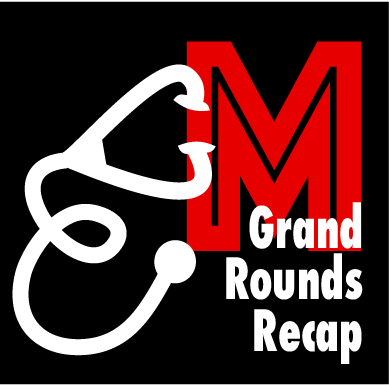Grand Rounds Recap 3.8.23
/We are back with a special grand rounds with visiting professor Dr. Arun Nagdev discussing a variety of ultrasound guided nerve blocks in the ED, CPC with Drs. Harward and Roche, and a review of multiple etiologies and management of pediatric seizure with our CCHMC PEM colleagues.
Read More











